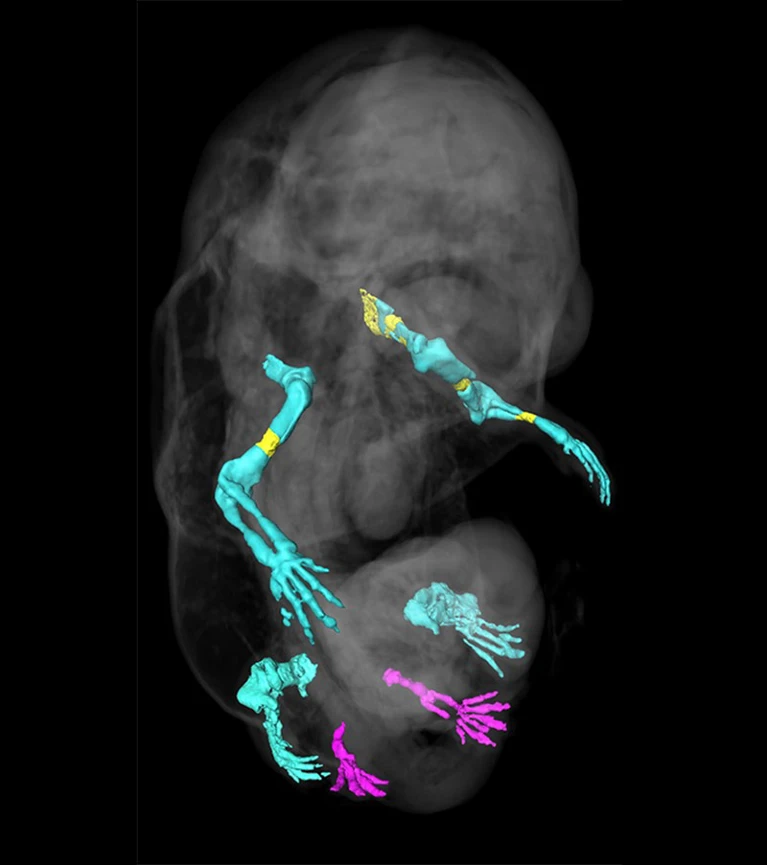Scientists made a six-legged mouse embryo — here’s why
"Researchers have long known that, in most four-limbed animals, both the external genitalia (penis or clitoris) and hind limbs develop from the same primordial structures.
When Mallo’s team looked further into the six-legged mouse phenomenon, they found that Tgfbr1 directs these structures to become either genitalia or limbs by altering the way that DNA folds in the structure’s cells. Deactivating the protein changed the activity of other genes, resulting in extra limbs and no true external genitalia."
For more details:
Scientists made a six-legged mouse embryo — here’s why
And a related book:


Comments
Post a Comment